The Vietnam War call-up for young Australian men that came from a Tattersall’s bingo barrel
WHEN the wooden balls began dropping from the barrel 50 years ago this week, there were many people who were hoping that this was one lottery in which their number wouldn’t come up.
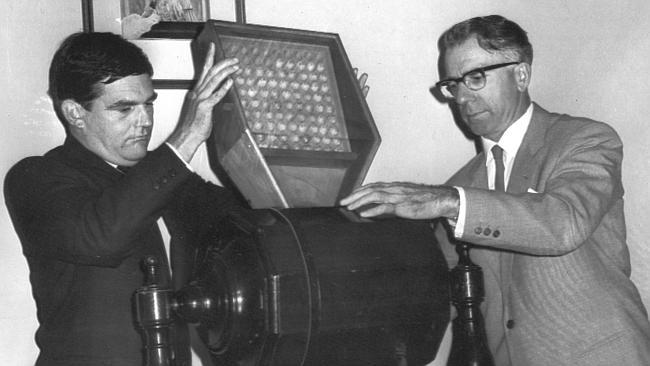
Today in History
Don't miss out on the headlines from Today in History. Followed categories will be added to My News.
WHEN the wooden balls began dropping from the barrel 50 years ago this week, there were many people who were hoping that this was one lottery in which their number wouldn’t come up.
The prize was a trip to Kapooka or Puckapunyal, for National Service training and possibly a tour of duty in Vietnam.
Often known as the “birthday lottery” it was held in secret in the boardroom of the Department of Labour and National Service in Melbourne.
The draw was done from a barrel that had been used for 50 years for Tattersall’s cup sweeps, filled with 181 numbered marbles representing the days of the year from January 1 to June 30. Alternate lotteries would have 184 balls for the dates of the rest of the year.
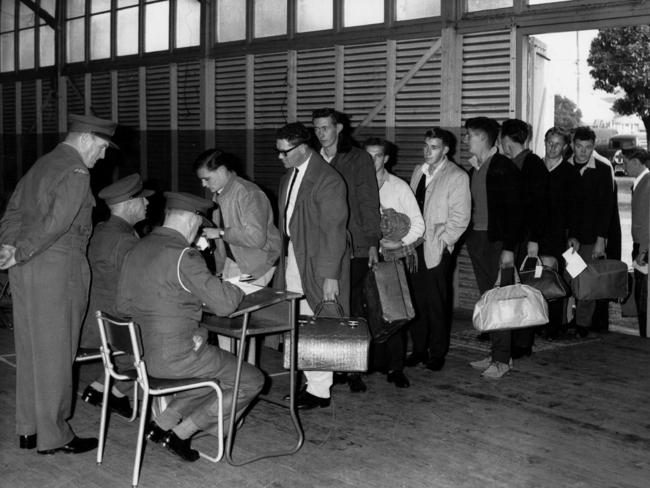
If one of the balls drawn corresponded to the birthdate of one of the thousands of Australian men, aged 20, who had registered for National Service, it meant they were eligible for call-up.
From that first ballot, on March 10, 1965, around 2100 men would be called up. While many of those went willingly, the birthday lottery was not without controversy. It was also not the first time a bingo barrel had been used to call up men for national service.
TONY BONVINO WAS A VIETNAM CONSCRIPT WHOSE STORY WAS UNTOLD
BUNGLE TOOK SINGER NORMIE ROWE TO VIETNAM WAR AS A CONSCRIPT
Australia had a long, proud history of military service, but a lot of that pride stemmed from the fact that it had been largely voluntary. Before Federation men had joined army reserve units and eagerly volunteered to serve whenever Britain put out the call.
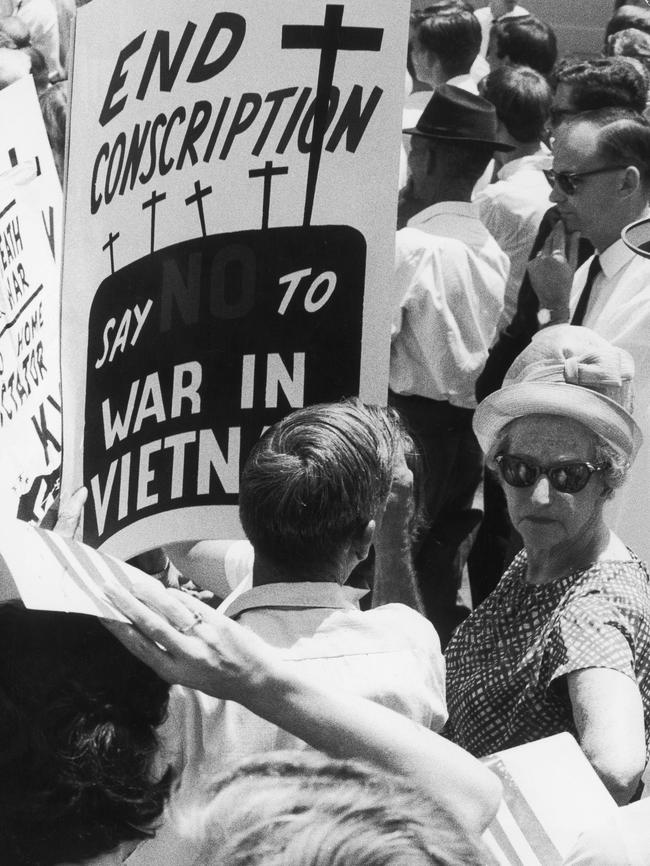
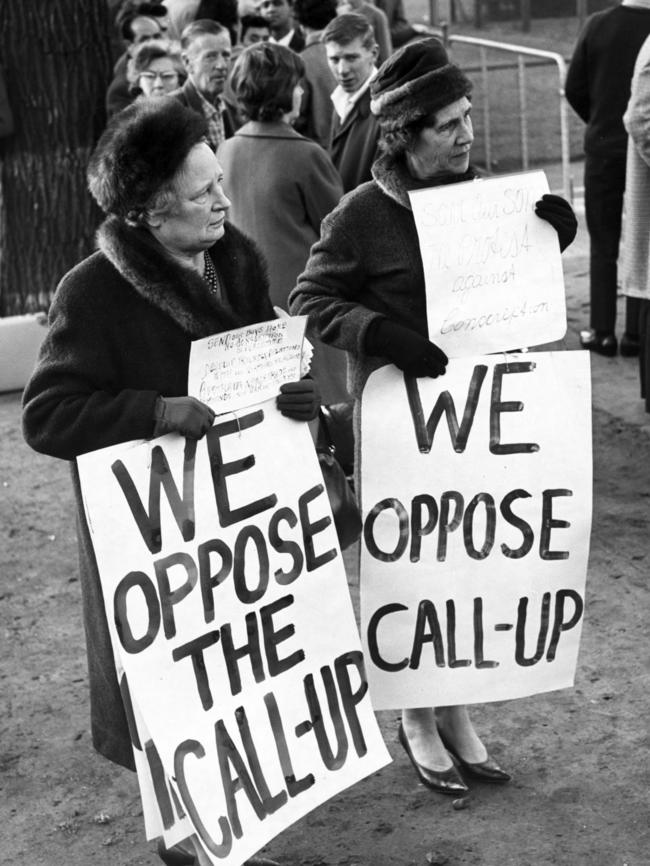
Australians served in the Maori Wars, the Crimean War, the Sudan and the Boer Wars, without any compulsion to do so other than a sense of duty to the empire.
Although between 1905 and 1911 the Federal Government had introduced compulsory military training schemes for boys from 12 to 14 years of age and for young men from 18 to 20, there was no provision for compulsory service.
When World War I broke out in 1914 and Britain called for men to serve, volunteers rushed to sign up. When the volunteers petered out as the war ground on, the government’s attempts to introduce conscription were defeated at two referendums after fierce campaigning on both sides. The issue divided the nation and resulted in Prime Minister Billy Hughes splitting from the Labor Party.
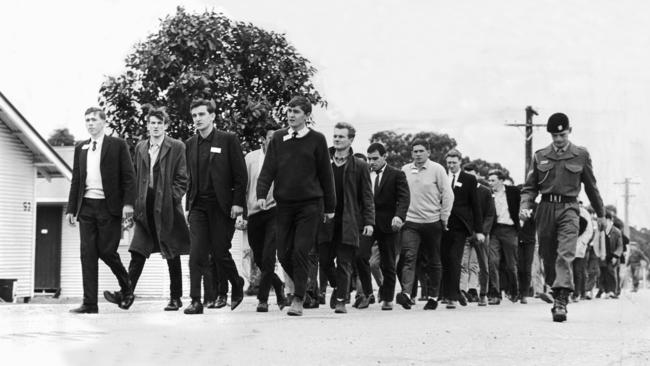
At the start of World War II in 1939 compulsory training was again introduced and in 1942 compulsory service in the Citizens Military Force (CMF), which was only meant to serve in Australian territory.
That meant that areas such as New Guinea, technically Australian territory, were not off-limits but eventually the area of service was extended to other areas of the Asian Pacific theatre.
After the war compulsory militia service was ended but a National Service scheme was reintroduced in 1951 as a result of involvement in the Korean War.
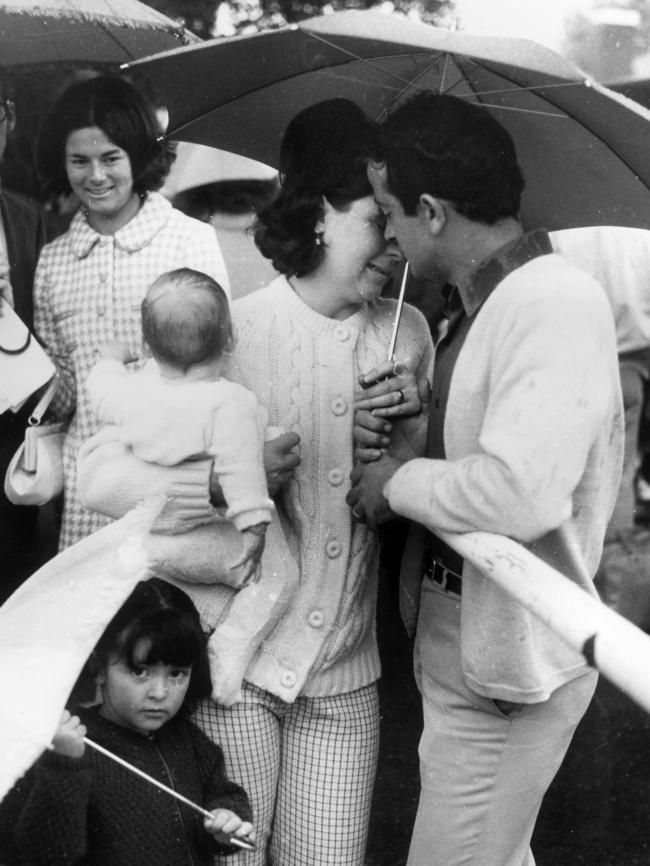
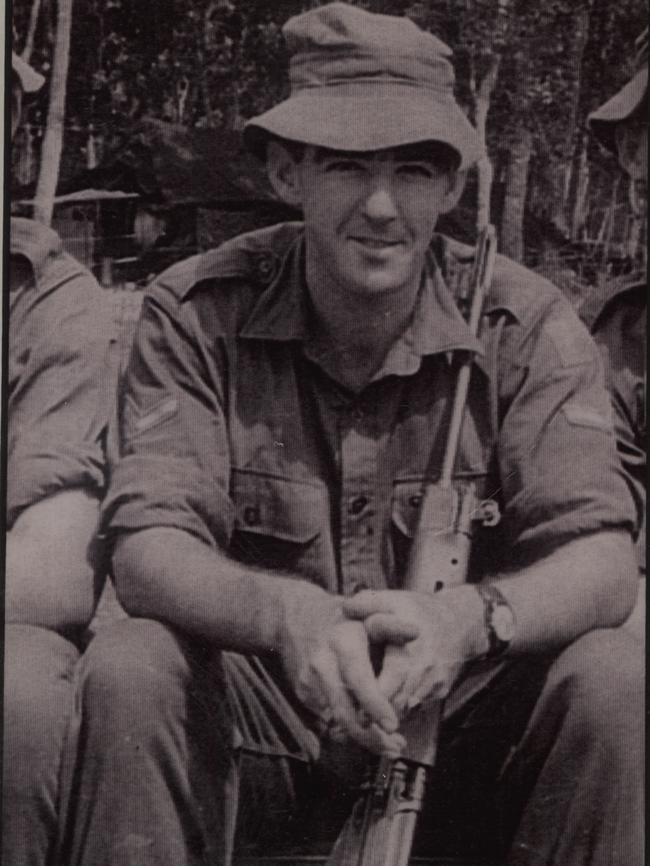
Initially the scheme called for all young men to do national service but in 1957 a lottery system was introduced, a precursor to the lottery that would be used to select men for service in Vietnam. Men who failed to register for selection could be fined or called up anyway.
The scheme was ended in 1959 after the government undertook a review of its defence expenditure.
Tensions with Indonesia in the early ’60s and America’s deepening involvement in Vietnam caused a rethink in defence policy.
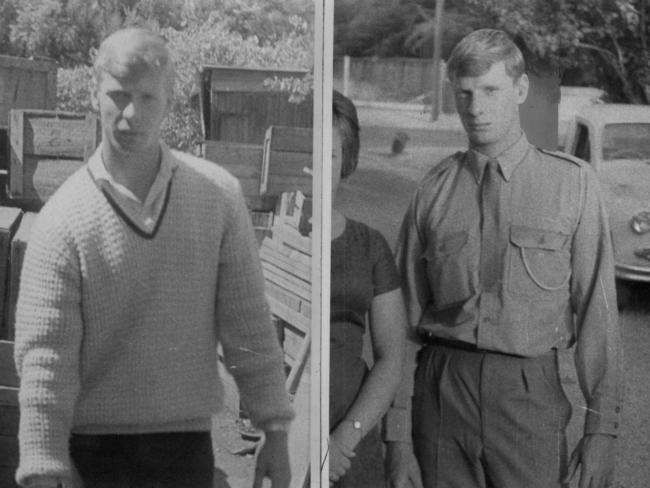
In November 1964 Prime Minister Robert Menzies announced the reintroduction of national service, for a period of two years full-time and three years part-time in the Army Reserve.
Once again the men would be selected by means of selection ballot. Labor leader Arthur Calwell dubbed it the “lottery of death” and hundreds of people took to the streets protesting against conscription.
The government planned to call up 2100 men in the first ballot in March and another 2100 in September, hopefully rising to 6300 a year.
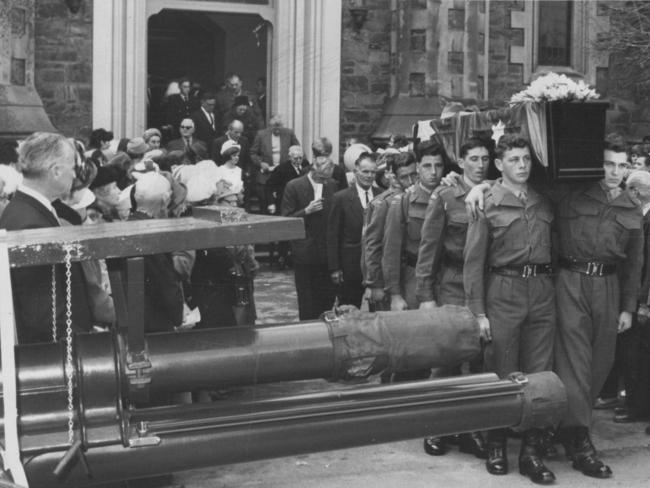
The first ballot took place in March 1965, behind closed doors and with the results not published so that conscientious objectors or other people who had legitimate reasons for not serving could not be publicly shamed by people who knew their birthdate.
The first crop of “Nasho” conscripts reported for training in June, with some reaching Vietnam in 1966. Between 1965 and 1972, when the scheme ended, 16,735 men would do National Service and 15,381 would serve in Vietnam.
HISTORY ON THIS DAY
222: The Roman emperor Elagabalus is murdered by Praetorian Guardsmen after refusing to give up his wife Aquilia, a vestal virgin, and adopt his cousin Alexander as his son and heir. The guards later install Alexander as Emperor.
1702: Edward Mallet launches England’s first regular daily newspaper, the single-sheet Daily Courant, from his rooms above the White Hart hotel in Fleet St, London.
1806: Napoleon Bonaparte orders navigator Matthew Flinders’ release after six years’ detention in Mauritius; he had called there on his way from Australia to England, unaware war had resumed with France.
1871: Overland Telegraph line surveyor William Mills writes that he has named a riverbed with several waterholes and springs Alice Springs after superintendent Charles Todd’s wife.
1917: British troops occupy Baghdad, entering the city without a fight after the Ottoman army abandoned the city the previous day. About 9000 Ottoman troops caught in the confusion are taken prisoner.
1942: US general Douglas MacArthur and his family leave The Philippines by PT boat during the Japanese advance in World War II, bound for Australia as Allied commander in the southwest Pacific.
1945: The huge Krupps munitions works at Essen, Germany, is destroyed by 1000 Allied bombers in history’s biggest daylight air raid.
1985: Mikhail Gorbachev succeeds Konstantin Chernenko as general secretary of the Soviet Union’s ruling Communist Party.
1993: Janet Reno is sworn in as the first female Attorney General of the United States.
1995: Melinda Gainsford, 22, from Narromine, NSW, wins the 200m world indoor sprint title in Barcelona, clocking 22.64 sec.



